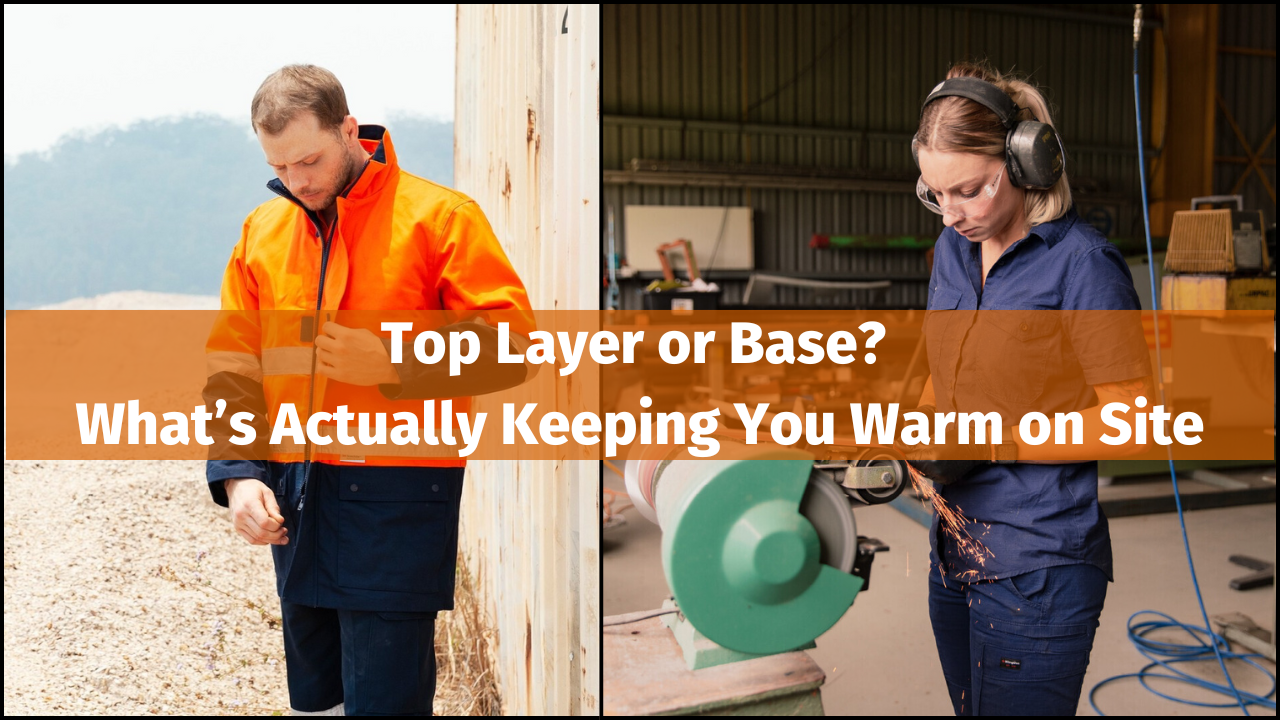Understanding What Actually Keeps You Warm at Work
When winter hits hard, many tradies automatically reach for the thickest jacket they can find. But here’s the truth: it’s not just the top layer doing all the work. If your base layer isn’t doing its part, no jacket will save you from a cold, miserable shift.
At DNC Direct, we’ve helped thousands of Aussies kit out for winter, and we know the secret to staying warm starts from the inside out. Let’s break down the roles of each layer and how to combine them the right way.
What Base Layers Do
Base layers are your foundation. Their job is to trap heat close to the skin while wicking away sweat – which, if left unchecked, can make you colder. You want something that fits close, breathes well, and doesn’t cling when damp.
Look for:
-
Thermal cotton or poly/cotton blend
-
Long sleeve, slim fit designs
-
Moisture-wicking fabric
What Outer Layers Do
Your outer jacket is your shield. It blocks wind, repels rain, and holds the heat created by your inner layers. A good outer layer is essential for exposure to wind and wet, but it works best when paired with the right base.
Look for:
-
Windproof and waterproof fabrics
-
Quilted or insulated lining
-
High collar, adjustable cuffs, and sealed seams
Which Keeps You Warmer: Base or Top?
Neither on its own is enough. It’s the combination of a breathable, insulating base with a weather-blocking outer that keeps you truly protected. Wearing just a thick jacket over a t-shirt? You’ll overheat, sweat, then freeze. Wearing just a base layer? You’ll lose heat the moment the wind picks up.
The Best Winter Workwear Combo for Aussie Tradies
-
Step 1: Start with a thermal or cotton-blend base layer
-
Step 2: Add a fleece hoodie or mid-layer for insulation
-
Step 3: Top it off with a windproof, waterproof hi-vis jacket
🛒 Shop the Full Winter Collection
Final Word: Layer Smart, Not Just Heavy
A thick jacket doesn’t guarantee warmth. Smart layering – with a reliable base and a strong outer layer – is what keeps you going through freezing mornings, biting winds, and wet afternoons. If you’re serious about staying warm without overheating, invest in both.




